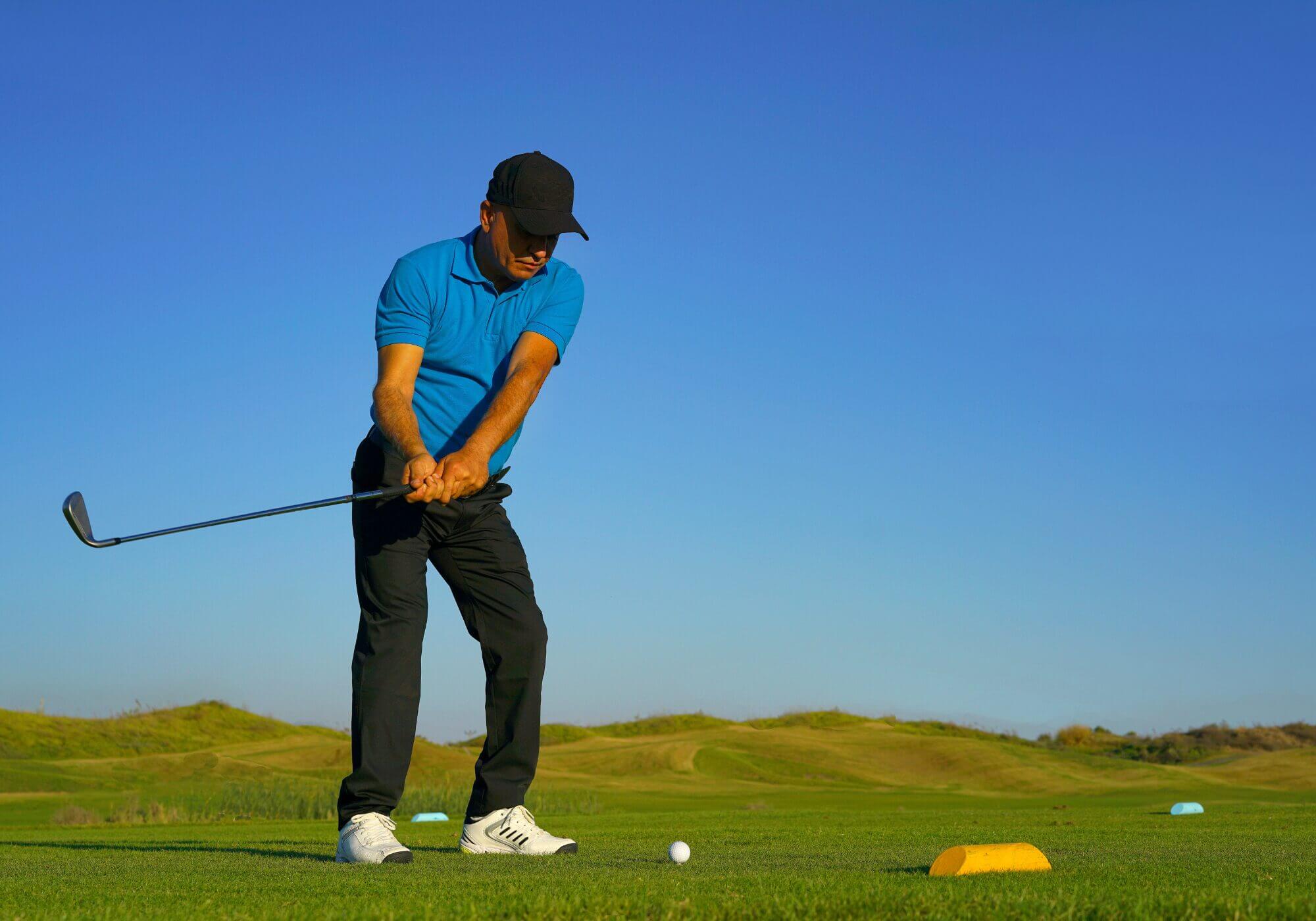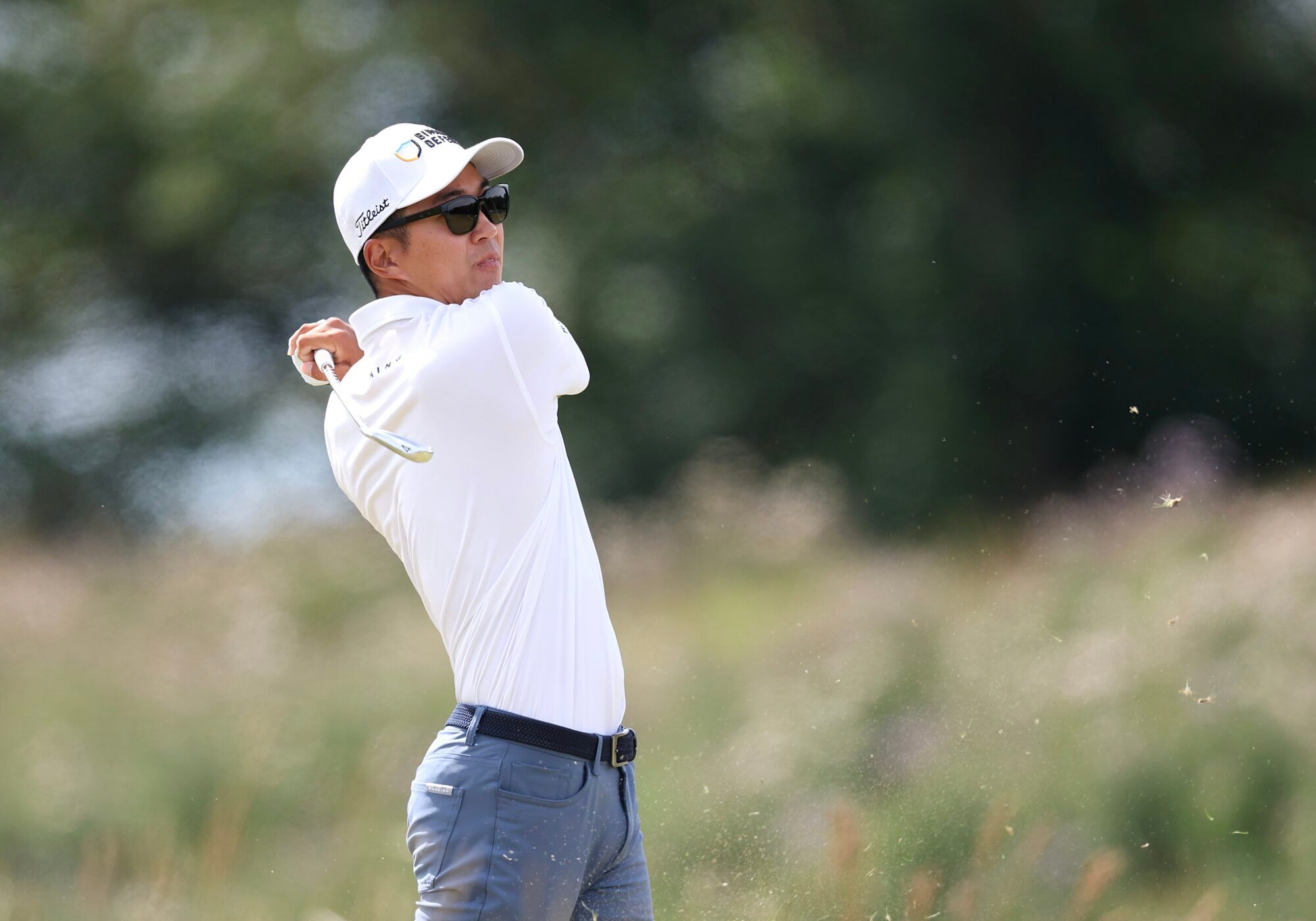You know that sound. A ball hits green with authority, bites hard and then spins back toward the flag like it’s being pulled by an invisible string. Watch enough golf and you start thinking pros have some secret formula. They don’t.
What they have is technique. Spinning your short irons isn’t some mystical art. It’s mechanics. Good mechanics turn those white-knuckled approach shots into controlled, aggressive attacks on every pin position.
Spin gives you options. Tight pin placement behind a bunker? No problem. Firm afternoon greens that reject anything hit too hard? You’ve got the answer.
Why short irons are spin machines
Physics works in your favor with shorter clubs. More loft means that more backspin automatically gets imparted at impact. The shorter shaft length gives you better control over where the clubface contacts the ball and precision matters when you’re trying to maximize friction.
Grooves become critical. Those lines carved into your clubface aren’t decoration. Sharp, clean grooves grab the ball’s surface and channel away moisture and debris that would otherwise kill spin. Ever wonder why pros swap out wedges so frequently? Worn grooves can’t bite.
Your natural swing with short irons already promotes the steep attack angle that compression demands. The clubhead’s weight distribution encourages a descending blow which creates that ball-first contact that generates serious spin.
Setup fundamentals for maximum spin
Ball placement determines everything that follows. Center it in your stance for all your short irons: 9-iron through your wedges. This consistent position ensures you’ll make contact on the descending part of your swing arc every time.
Narrow your stance to hip-width. Weight distribution matters more than most players realize. Start with about 55 percent on your front foot and keep it there. This forward bias prevents you from falling back and trying to scoop the ball airborne.
Aim your feet slightly left of the target (for righties). This open stance naturally promotes the outside-in swing path that adds spin. Don’t overdo it. Subtle adjustments work better.
The swing that creates spin
“Steep and clean” should be your mantra. Make your backswing more vertical than you would with longer irons. This upright plane sets up the descending angle of attack that compresses the ball against the clubface.
Get your wrists hinged early. By the time your left arm reaches parallel to the ground, your wrists should be fully set. This creates the leverage you need to deliver a sharp, descending blow at impact.
The transition kills more spinning shots than any other part of the swing. Pull down hard with your left hand while keeping those wrists hinged as long as possible.
Resist the urge to help the ball up. Hit down and through it aggressively. Trust that loft to get the ball airborne. Your job is to compress it first.

Impact secrets for maximum spin
Ball-first contact isn’t negotiable. The club meets the ball before it takes any turf. This sequence creates the compression that generates friction between ball and clubface. Get this wrong and spin becomes impossible.
Your hands need to be ahead of the clubhead at impact.
Think about trapping the ball between the clubface and the ground. This forward shaft lean actually increases the effective loft while maintaining that crucial descending angle of attack.
The sensation you’re after is “pinching” the ball and not lifting, not scooping. Pinching it down into the turf. The clubface provides all the loft necessary. Your job is to create maximum friction through compression.
Follow-through for spin optimization
Accelerate through the ball, never to it. Deceleration at impact kills clubhead speed and destroys spin potential. Commit to an aggressive swing through the hitting zone.
Check your divot pattern. It should start after ball contact and point slightly left of your target line. This confirms that you’re swinging on the outside-in path which enhances spin.
Finish tall with your hands high and weight completely shifted to your front foot. A balanced, complete finish indicates you’ve maintained acceleration throughout impact.

Course conditions and practice
Dry conditions are your friend. Any moisture on the ball or clubface kills spin potential. Clean your grooves obsessively and keep a dry towel handy.
Firm greens reward properly spun approach shots; soft surfaces will hold almost anything. Wind becomes a major factor. Headwinds amplify spin effects while tailwinds can negate them.
Range practice should start with perfect lies and clean balls. Use impact tape to verify ball-first contact. Simple drill: Place a tee two inches ahead of your ball and try to miss it while still taking a divot.
Once you’ve grooved this technique, your entire approach to scoring changes. Those tentative swings hoping for the best become confident attacks on every pin position.
The post How To Spin A Shot Into The Green With Short Irons appeared first on MyGolfSpy.


